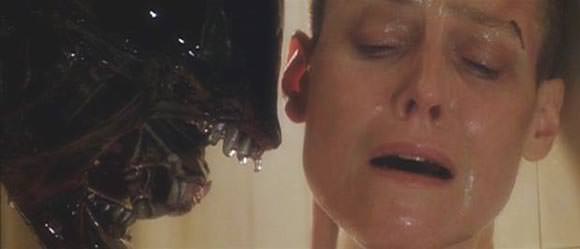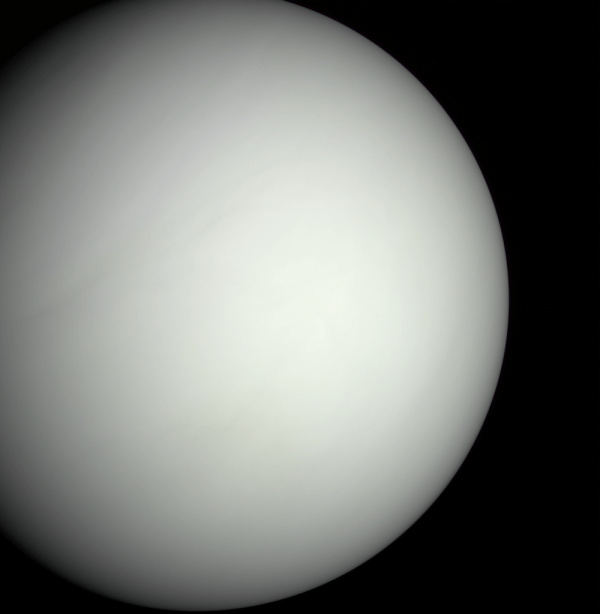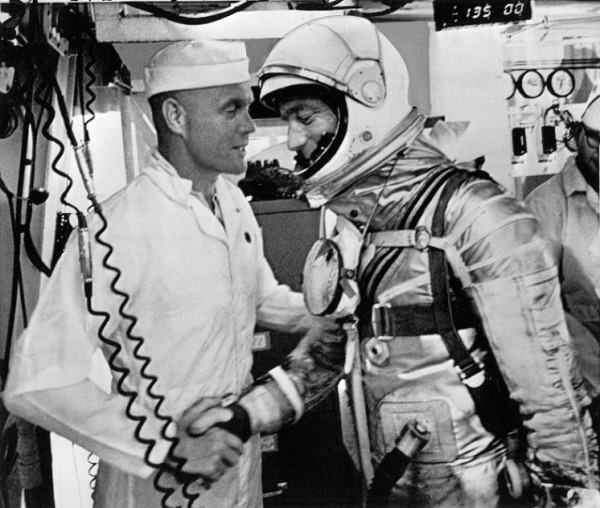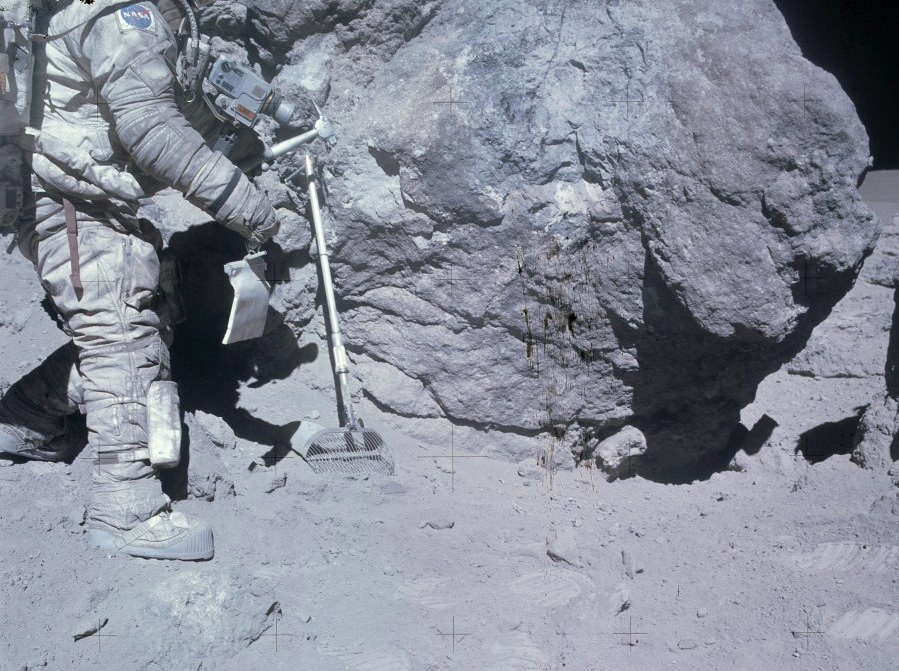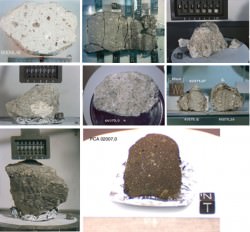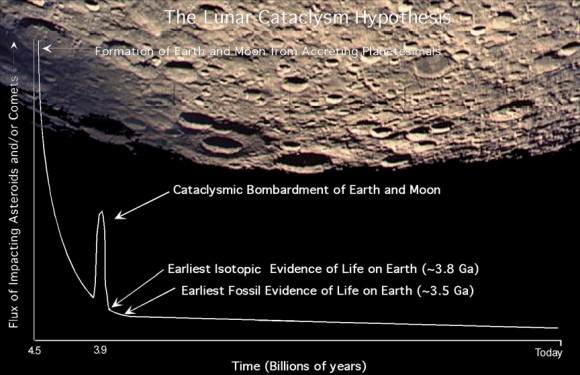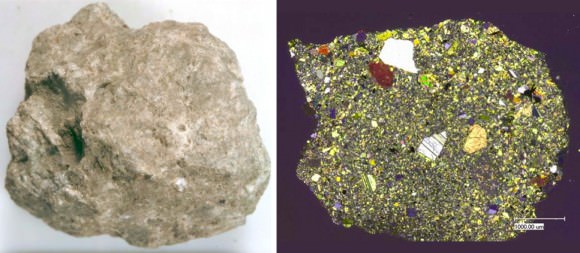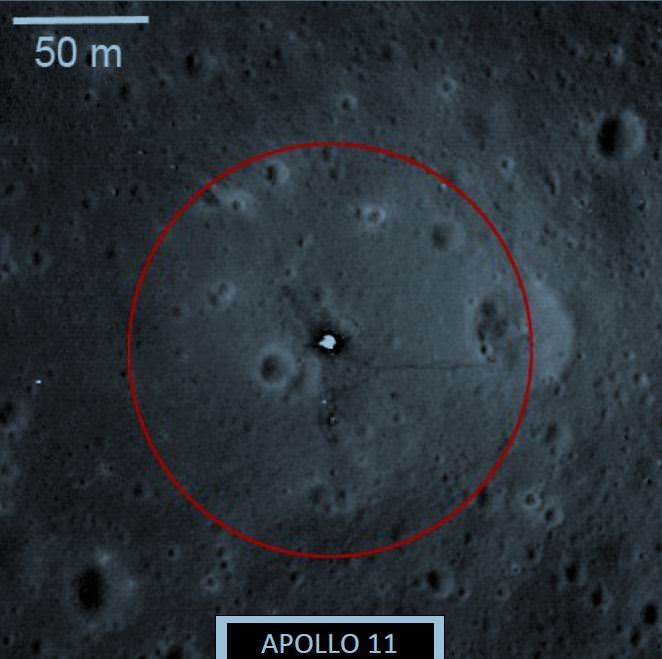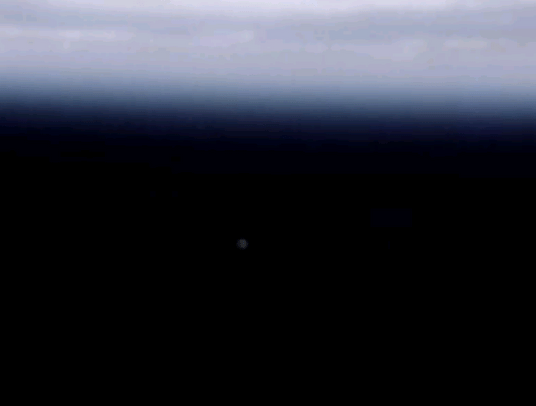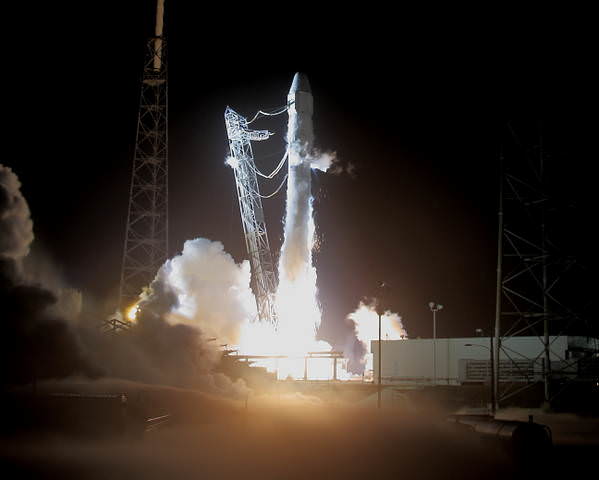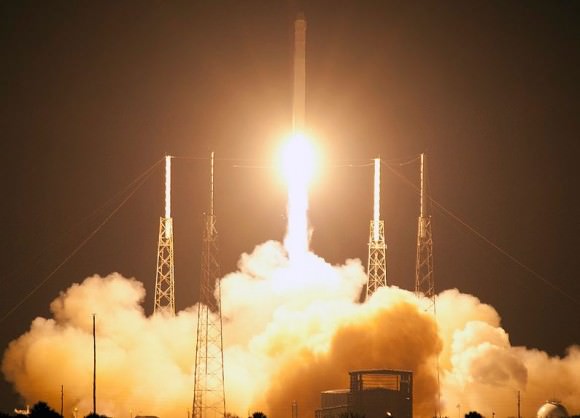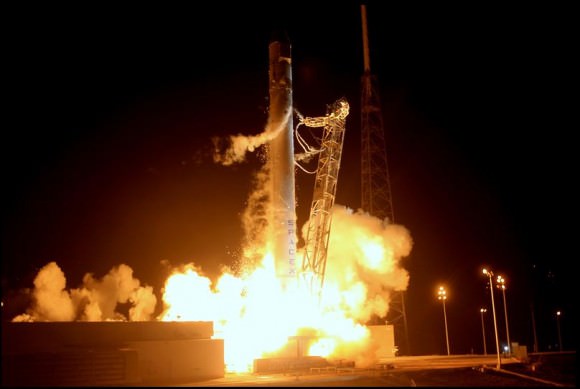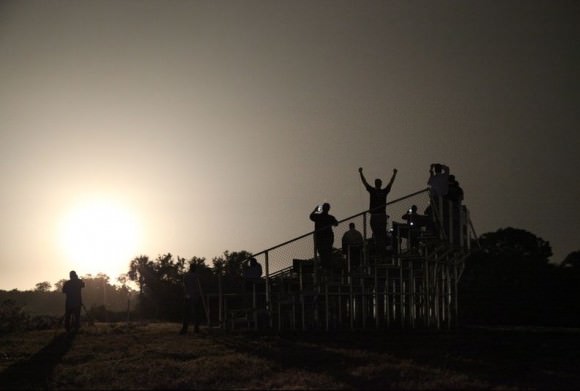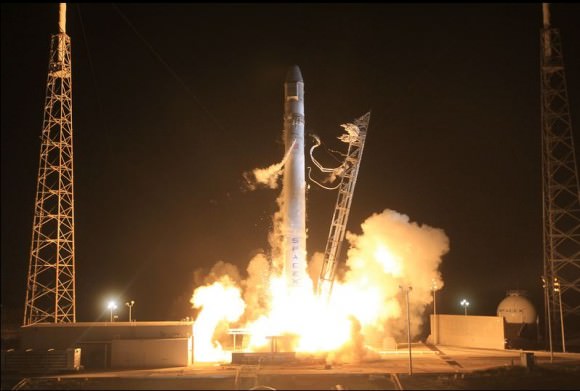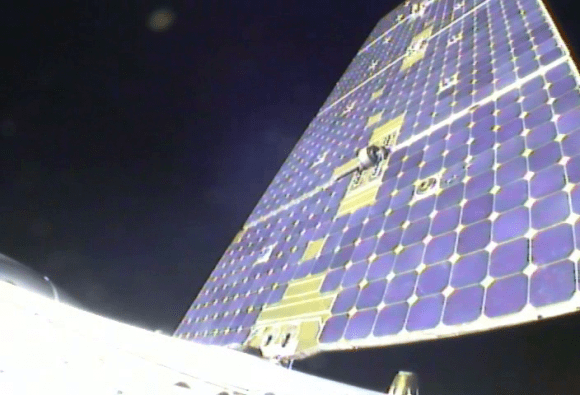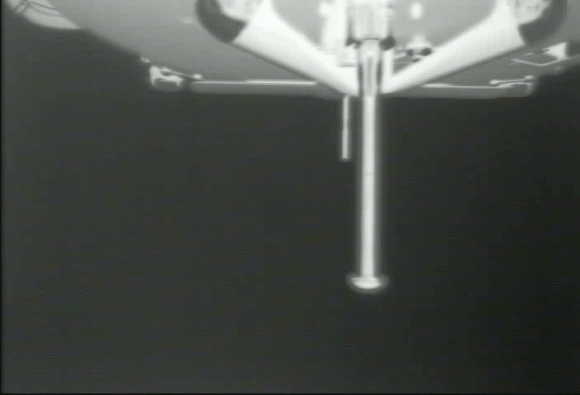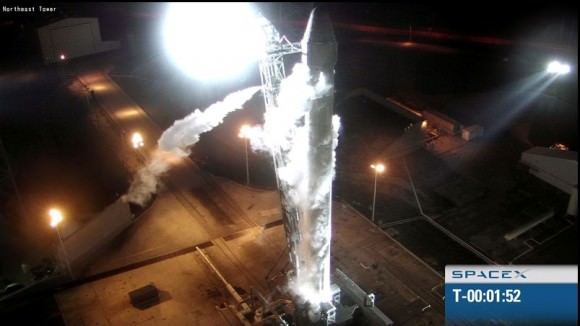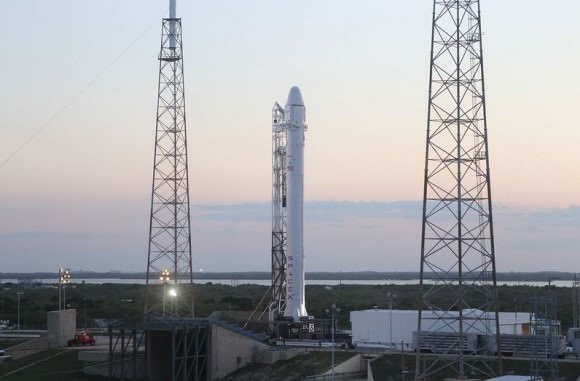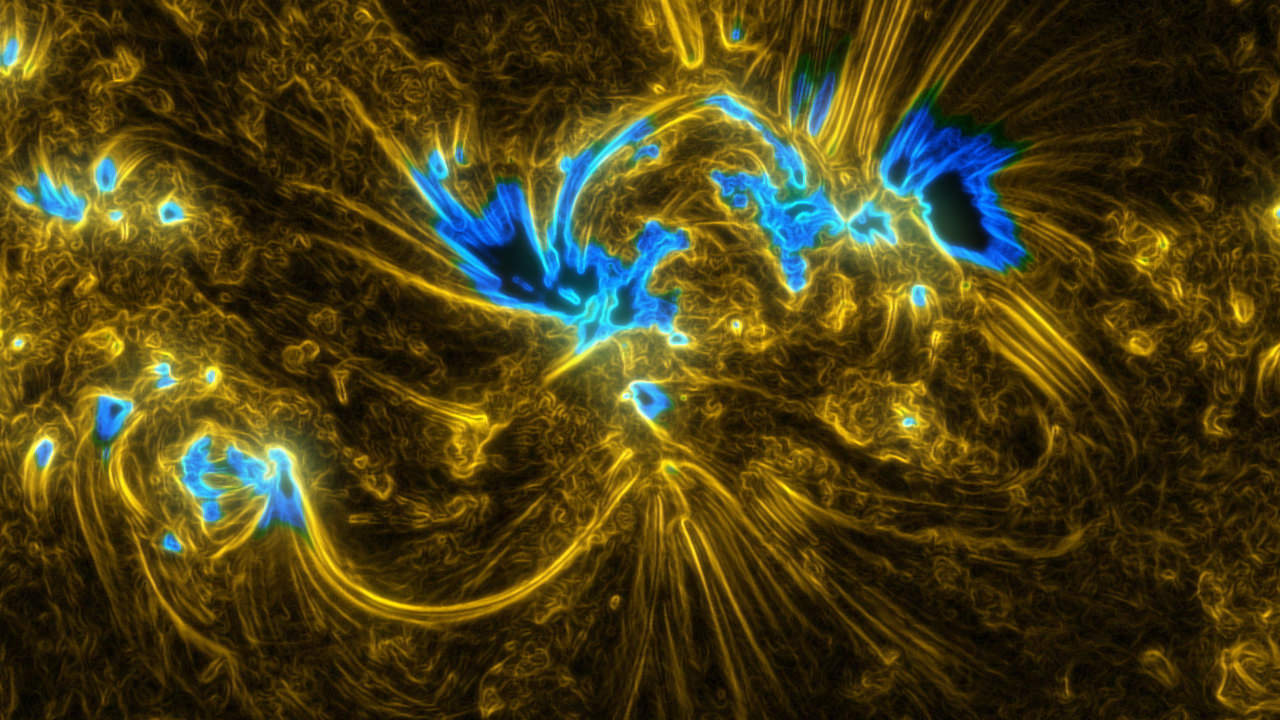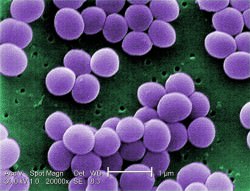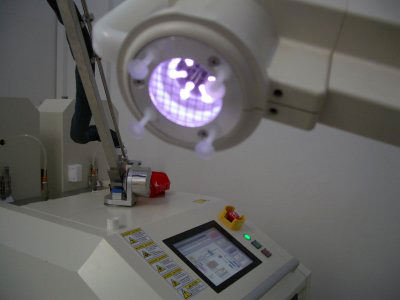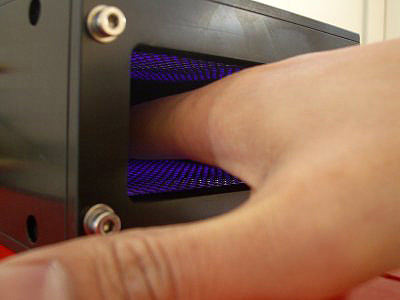[/caption]
Alien life probably isn’t interested in having us for dinner, enslaving us or laying eggs in our bellies, according to a recent statement by former SETI director Jill Tarter.
(Of course, Hollywood would rather have us think otherwise.)
In a press release announcing the Institute’s science and sci-fi SETIcon event, taking place June 22 – 24 in Santa Clara, CA, Tarter — who was the inspiration for Jodie Foster’s character in the film “Contact” — disagreed with both filmmakers and Stephen Hawking over the portrayal of extraterrestrials as monsters hungry for human flesh.
“Often the aliens of science fiction say more about us than they do about themselves,” Tarter said. “While Sir Stephen Hawking warned that alien life might try to conquer or colonize Earth, I respectfully disagree. If aliens were able to visit Earth that would mean they would have technological capabilities sophisticated enough not to need slaves, food, or other planets. If aliens were to come here it would be simply to explore.
“Considering the age of the universe, we probably wouldn’t be their first extraterrestrial encounter, either. We should look at movies like ‘Men in Black III,’ ‘Prometheus’ and ‘Battleship’ as great entertainment and metaphors for our own fears, but we should not consider them harbingers of alien visitation.”

Tarter, 68, recently announced her stepping down as director of SETI in order to focus on funding for the Institute, which is currently running only on private donations. Funding SETI, according to Tarter, is investing in humanity’s future.
“Think about it. If we detect a signal, we could learn about their past (because of the time their signal took to reach us) and the possibility of our future. Successful detection means that, on average, technologies last for a long time. Understanding that it is possible to find solutions to our terrestrial problems and to become a very old civilization, because someone else has managed to do just that, is hugely important! Knowing that there can be a future may motivate us to achieve it.”
On the other hand, concern that searching the sky for signs of life — as well as sending out your own — could call down hungry alien monsters would make a good case for keeping quiet. And a quiet search may not get the necessary funding to keep going. I can see where Tarter is coming from.
Let’s just hope she’s right. (About the eating part, at least.)
Top image: Alien 3, © 20th Century Fox. Tip of the tinfoil hat to EarthSky.org.

